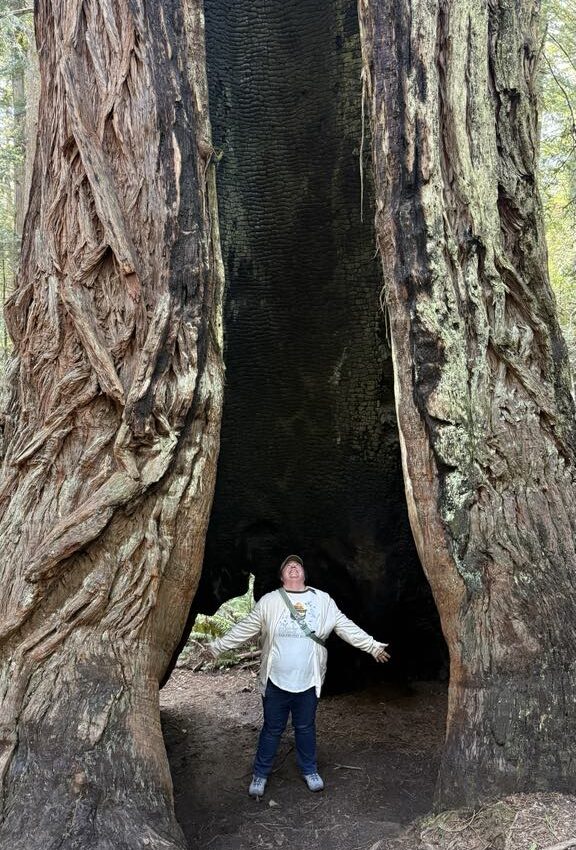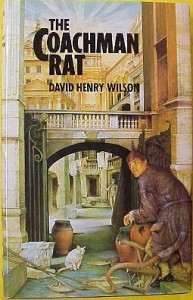It’s ironic that since Alice Munro was awarded the Nobel Prize in 2013 after being hailed as “…a master of the contemporary short story,” that the popularity of the form appears to be on the decline, as the legions of MFA graduates filling the coffee shops and independent bookstores of Brooklyn and Portland abandon the short story in favor of full-length novels and historical epics. Three decades on, the resurgence of American short fiction that began with the publication of Raymond Carver’s Cathedral in 1983 finally appears to be fizzling around the edges, and I think this is a good thing. My problem isn’t with Cathedral per se, rather it is with the way that short fiction has been allowed to evolve over the years, and with the way the form continues to be marketed and disseminated by struggling publishing houses who are only interested in selling books written by MFA’s to other MFA’s. The hard truth of the matter is that we have Gordon Lish and Raymond Carver to thank for a stubborn bifurcation that exists in short fiction today, one that manifests itself in terms of both aesthetics and content and divides the form into “high” and “low” varieties. “High” short fiction is usually set in New York City or a well-heeled suburb or a vacation home next to a lake. These rarefied landscapes are populated by doctors, lawyers, writers, conceptual artists, and jaded academics who cheat on their spouses, drink too much, and try to come to terms with things. For the best that high short fiction has to offer we need look no further than Lorrie Moore’s Birds of America (1998), or Donald Antrim’s The Emerald Light in the Air (2014). High short fiction is concerned with what Lydia Kiesling refers to as “arty, complicated people [leading] arty, complicated lives.”[1]
“Low” short fiction is a different beast altogether. It is usually set in an idled industrial hub or a decrepit small town with a shuttered mill and a trash-strewn beach. Low short fiction is the realm of the used car salesman, the exhausted waitress, the small time drug dealer, and the traumatized veteran. Low short fiction doesn’t come to terms, its inhabitants are confined to the margins of society and are just trying to get by. As we struggle to look past Carver’s perpetually reanimated and re-anthologized corpse, we see that some more recent notable examples of low short fiction include Said Sayrafiezadeh’s Brief Encounters with the Enemy (2013), and Ron Rash’s Something Rich and Strange (2014). You could say that this bifurcation in contemporary short fiction is simply an accurate reflection of our country’s current social climate, and you would probably be right, but I still catch the faint whiff of something more insidious here, and I think that Gordon Lish and the other literary powers that be who sit in a great, crooked arc between Los Angeles, Iowa City, and midtown Manhattan have a great deal to answer for. Perhaps it’s fitting that Alice Munro has finally ended what Raymond Carver started three decades ago, if only because she has shown us that it is in fact possible for one writer to depict both the Manitoba farm wife and the Toronto professor with equal degrees of clarity, honesty, and compassion.
[1] See Lydia Kiesling’s review of Sara Majka’s short story collection Cities I’ve Never Lived In (Graywolf Press, 2016) in the March 4, 2016 issue of the New York Times.
 Patrick Gabbard is currently pursuing a PhD in Creative Writing from the University of Kansas. He lives in Portland, Oregon with his wife and Great Dane.
Patrick Gabbard is currently pursuing a PhD in Creative Writing from the University of Kansas. He lives in Portland, Oregon with his wife and Great Dane.
You can read Patrick’s poetry in Black Fox Issue 2.



